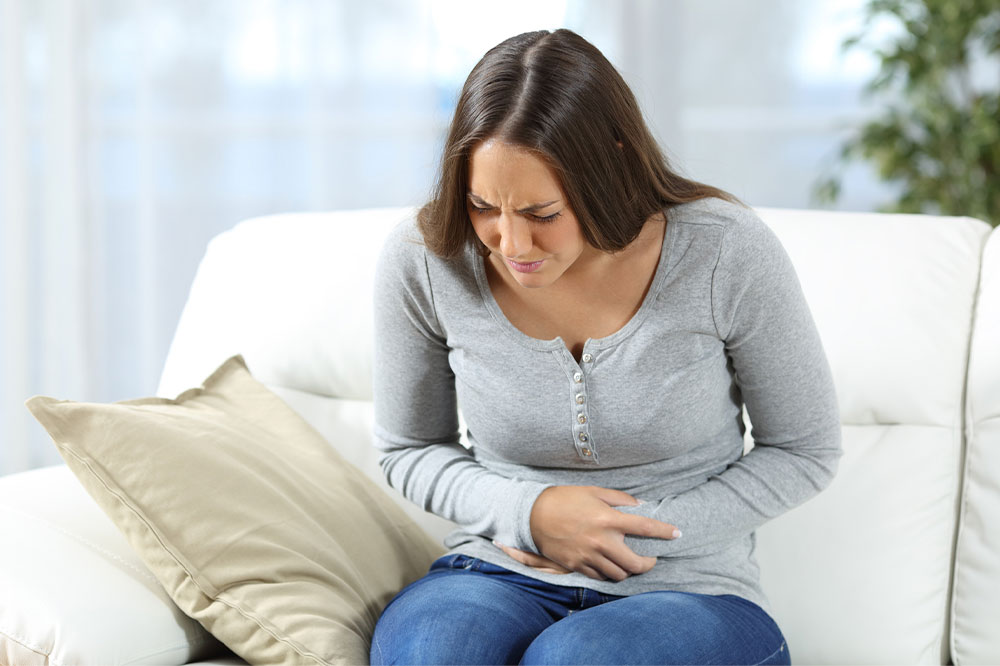
Helicobacter pylori infection – Symptoms, causes, and management
Helicobacter pylori is a type of bacteria that results in stomach infections. It is the primary reason for peptic ulcers and can cause stomach cancer. Approximately 30 to 40% of people in the country are likely to contract such an infection. Typically, one acquires it as a child. H. pylori does not cause symptoms in many, but it may gradually break down the protective coating in the stomach, resulting in inflammation.
Symptoms
In most cases, one might have had H. pylori for years without realizing it, as it does not show any signs. One may experience some swelling and redness in the stomach lining, which is a condition called gastritis. Beyond this, one may also get peptic ulcers or sores in the stomach or the initial portion of the small intestine. Further, the ulcer might lead to abdominal or belly pain. Symptoms of such ulcers are:
- Not feeling hungry
- Vomiting
- Nausea
- An upset stomach
- Burping
- Bloating
- Swelling
The symptoms can develop in the following ways:
- Develop two to three hours after eating
- Last for several weeks or days
- Start in the middle of the night when the stomach is empty
- Go away after taking prescriptions to relieve acidity
- Manifest as a dull pain that won’t go away
Most people confuse ulcer symptoms with those of other health problems. So, it is important to consult a doctor to get a proper diagnosis.
Causes
The H. pylori bacteria are usually transmitted from one person to another via direct contact through saliva, vomit, or stool. It can also spread via contaminated water or food. Most people develop this infection during childhood. The exact manner in which the bacteria causes peptic ulcer or gastritis is not yet known. Here are a few risk factors for Helicobacter pylori infection:
Living with someone with the infection: The susceptibility to acquiring H. pylori is higher when living with someone affected by the bacteria.
No access to clean water: If one resides in an area with an unreliable supply of clean, running water, they are more likely to contract H. pylori infection.
Country of residence: Those from developing countries have a greater chance of developing H. Pylori infection. It is because unsanitary and crowded living conditions are more common in such countries.
Living in a crowded place: When one shares a home with several people, they are at a greater risk of developing the infection.
Diagnosis
Doctors use multiple tools to diagnose H. Pylori infection. A few of the tests that one may have to undergo are:
Breath test: Here, a specialized solution containing a substance that is metabolized by the H. pylori bacterium is given to the patient. Subsequently, doctors can identify the byproducts of this metabolism in the patient’s breath.
Blood test : This can help detect specific proteins or antibodies that the immune system develops in response to H. pylori.
Stool test: Using stool samples, experts can detect the presence of proteins indicating H. pylori infection.
Treatment
When one shows no symptoms , doctors do not recommend treatment immediately. If diagnosed with a bacterial infection, one should not opt for non-prescription anti-inflammatory pain relievers as they may increase the risk of developing an ulcer. The treatment for H. pylori-induced ulcers involves a combination of prescription options that guard the stomach lining and fight bacteria. One will have to continue the treatment for about two weeks, as per the doctor’s guidance. The course of treatment can vary based on the health history and allergies of the patient. After one round of treatment, one may have to undergo a follow-up test to check if the infection has been eliminated.
Prevention
No vaccine can help prevent H. pylori infection yet, but adopting healthy hygiene and making a few lifestyle changes can help keep infection at bay. The following practices can help:
- Avoiding food that has not been cooked or cleaned properly
- Drinking safe and clean water
- Washing hands frequently, especially before eating and cooking and after using the restroom




